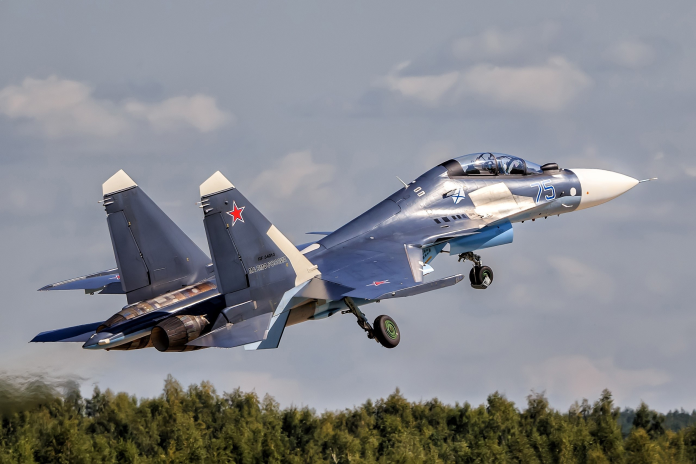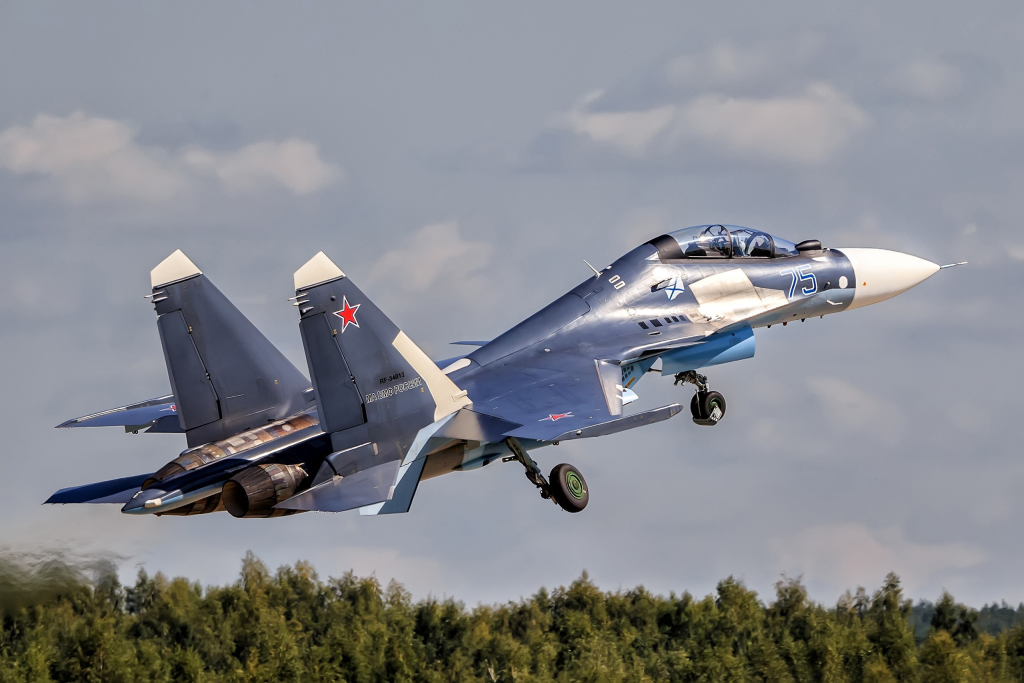
The shooting down of a $50 million Russian fighter-bomber well within Russian airspace wasn’t merely a war statistic it was a deliberate strike in a shadow war that has grown more boundary-less. On April 24, the Ukraine Main Directorate of Intelligence (HUR) placed a sabotage mission on Rostov-on-Don’s main airbase, a mission that took out one of Russia’s coveted Su-30SM planes. The attack showcased both the depth of Ukrainian operatives and Moscow’s weak points in its military infrastructure.
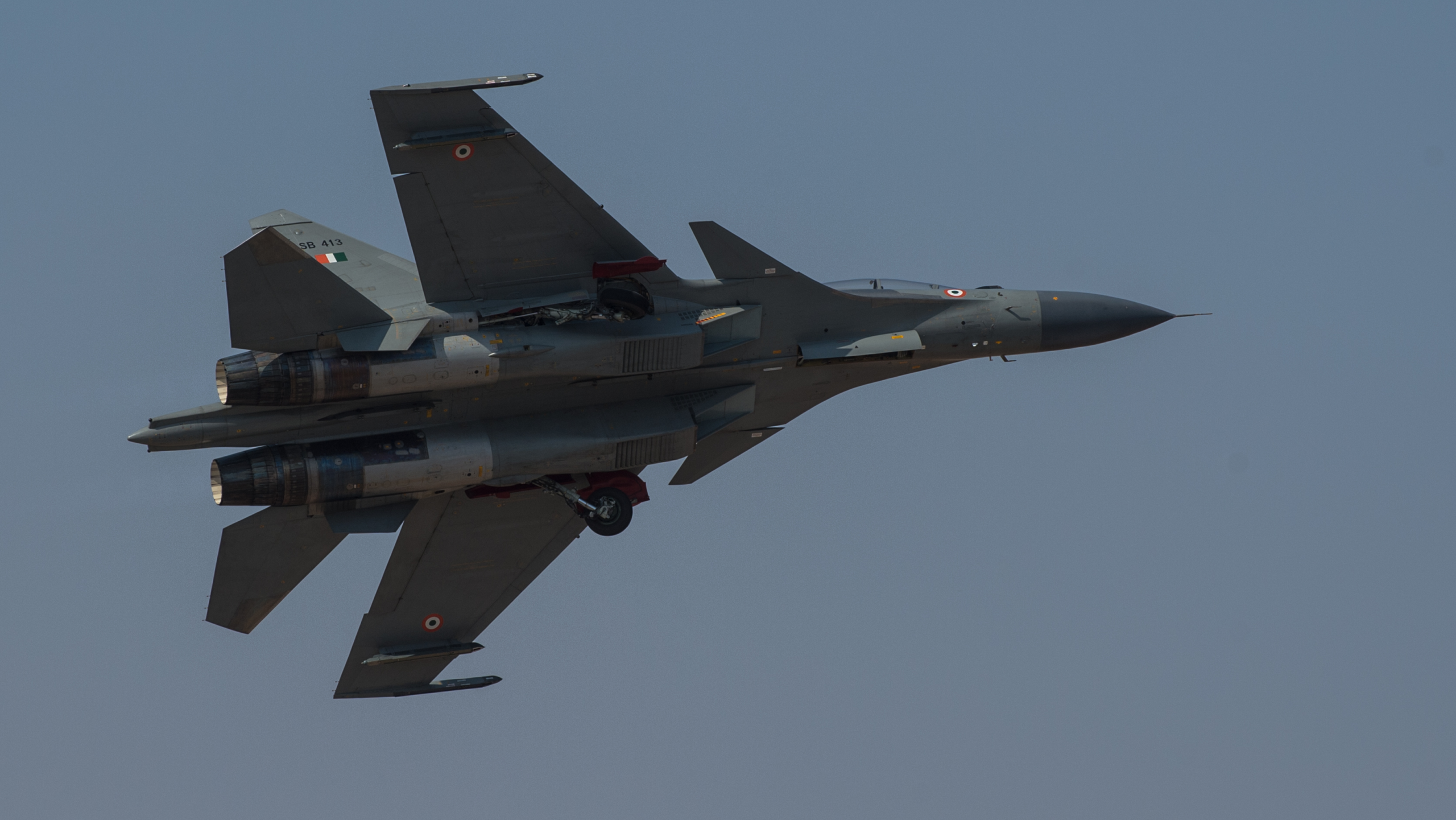
This was not a one-time thing. It is one of a greater number of Ukrainian resistance missions partisan attacks, guerrilla raids, and pinpoint strikes that have been hitting valuable Russian assets since the onset of the all-out invasion in 2022. The Rostov attack is also part of a larger story Russia’s inability to sustain superior airpower in a war of attrition, Russia’s cautious deployment of superior fighter jets, and the symbolic importance of losing such resources on domestic soil. The following are seven major points of learning from this campaign and its broader themes.

1. A Sneak Attack in the Russian Heartland
Ukrainian saboteurs have allegedly attacked the Rostov-on-Don Central airbase and set ablaze a Su-30SM fighter jet, tail number 35, as reported by HUR news. The agency provided video of the plane burning, terming it “another act of resistance against Putin’s criminal regime inside Russia.” Rostov-on-Don is far from being a typical target it is the location of the command center of Russia’s southern military district and one of the main logistics centers for operations in Ukraine.
The fact that the location was chosen made the blow even more difficult. According to Defense Express, not only is the destruction of such a base tactically debilitating, but also politically symbolic, demonstrating that networks of resistance can function even in well-defended, strategic areas. The success of the strike adds to the impression that Ukrainian operators are able to break through Russian security layers and conduct precision sabotage deep behind the front.
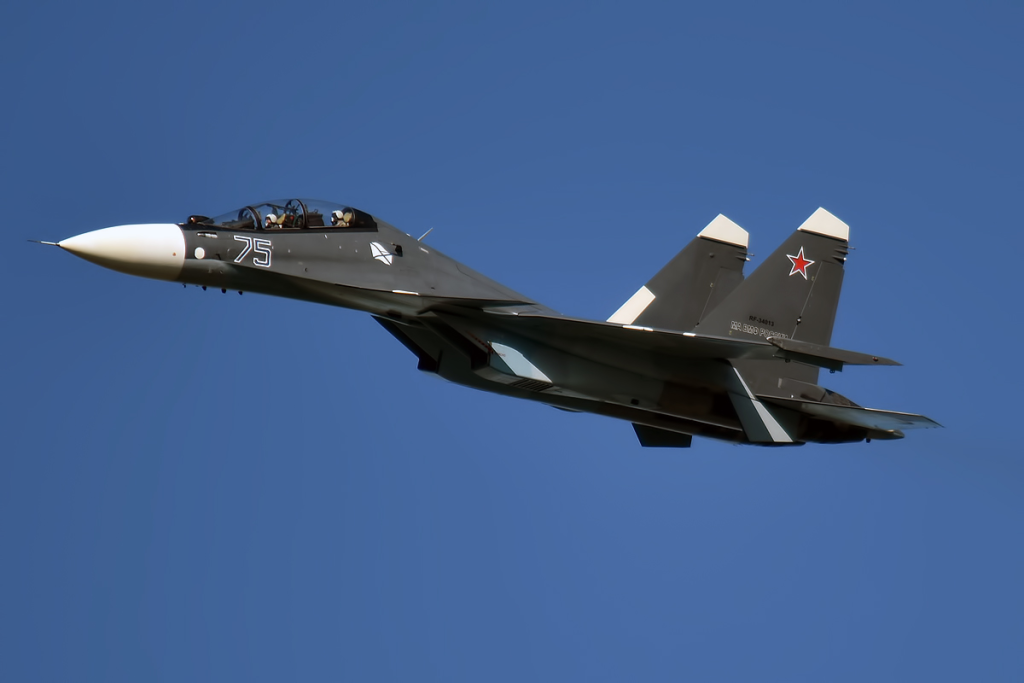
2. The Su-30SM: Russia’s Workhorse Multirole
The Sukhoi Su-30SM, NATO designation “Flanker-H,” is a 4+ generation multirole combat aircraft made by Irkut Corporation with thrust-vectoring engines, phased-array radar, and advanced avionics. The aircraft is capable of carrying a maximum of 8,000 kg of ordnance for air-to-air and air-to-ground warfare. Flexibility of aircraft renders it a key force in Russia’s aerial warfare, including aerial bombing in Ukraine.
At an estimated $50 million per airplane, losing one Su-30SM is not inexpensive. Russia possesses roughly 130 in operation, based on open-source estimates. With each loss, not only are military capabilities eliminated but also the capacity for the Kremlin to project advanced airpower, particularly while replacement rates fall behind attrition.

3. A Pattern of High-Value Losses
The Rostov incident comes after more than a series of Ukrainian sorties into Su-30SMs. HUR struck an airbase in Krasnodar Krai back in December 2024, destroying another Su-30 and incapacitating three locomotives. Ukrainian forces shot down a Su-30SM over the Black Sea in September 2024 with a man-portable air-defense system, following it through Kh-31P anti-radar missiles onto mainland Ukraine.
These repeated attacks suggest a campaign of purpose to attrite Russia’s cutting-edge fighter force. Although each loss is tactically disadvantageous, in aggregate they put pressure on maintenance cycles, drain reserves, and compel Russia to reorganize deployment schemes in an effort to prevent further erosion.
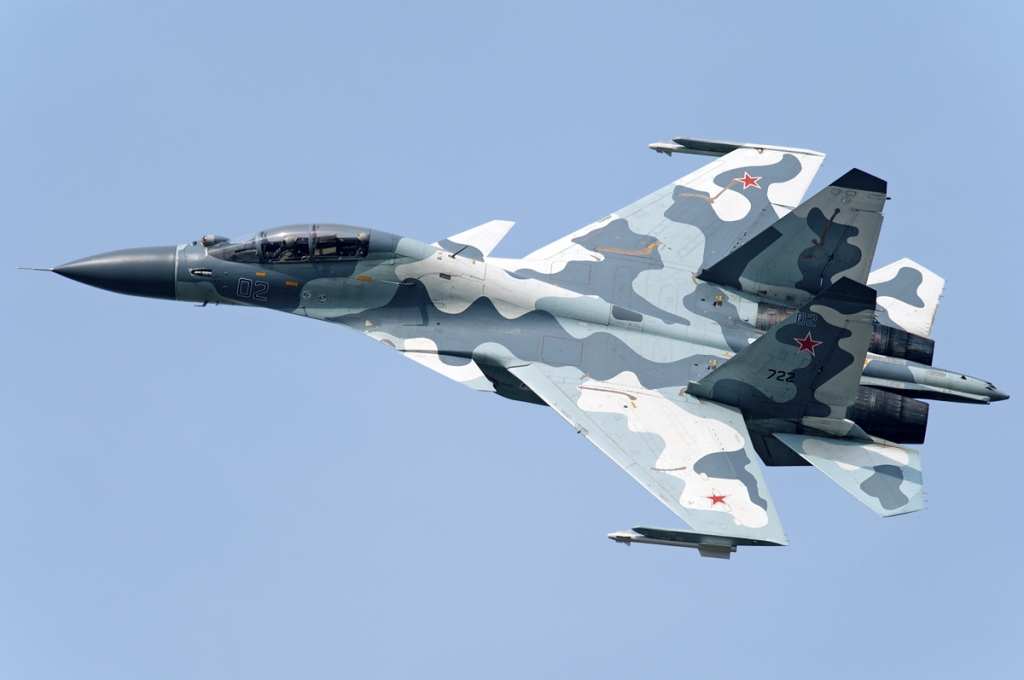
4. Russia’s Airpower Under Pressure
Russian projections of air losses are varied. The head of U.S. European Command, Gen. Christopher Cavoli, testified to Congress that only 10% of Russia’s fleet has been lost, but other estimates put front-line fighter numbers down by as high as 25% from pre-war totals due to combat losses and the added wear and tear. Russia manufactures approximately 20 new Su-30/34/35 aircraft per year numbers too small to keep up with the rate of attrition.
The loss of advanced jets such as the Su-30SM worsens these headaches. With sanctions reducing access to spares and a sluggish production line, every loss becomes more difficult to replace, risking limiting Russia’s operating flexibility in the short term.
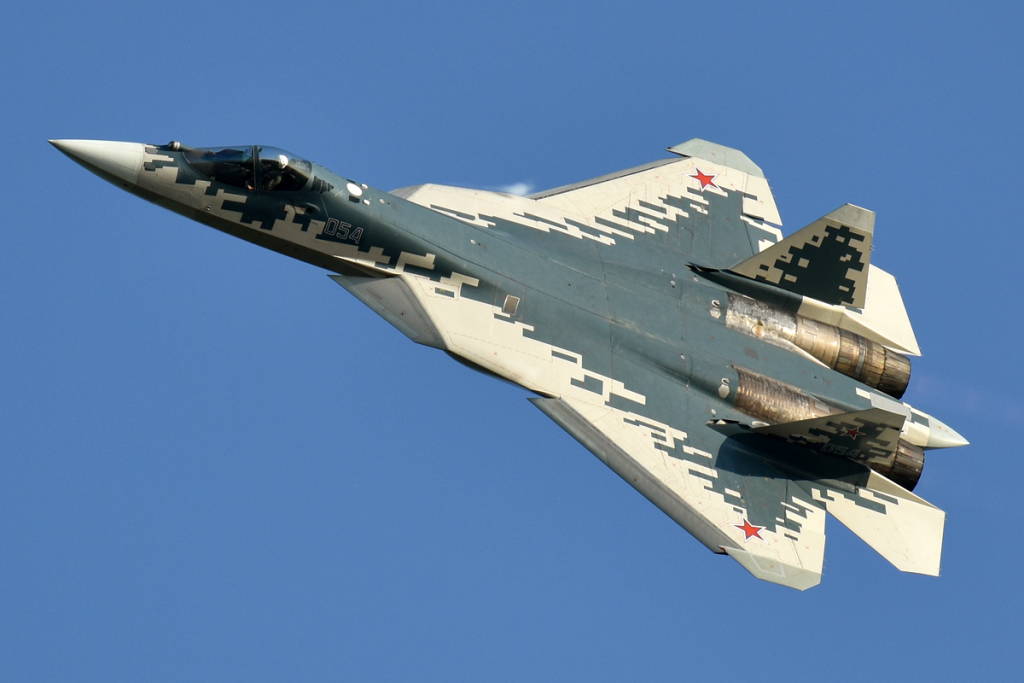
5. Why Moscow Keeps Back Its Best Jets
Even though Russia possesses more advanced platforms such as the Su-57, it has kept them well away from Ukrainian airspace. Others such as Andrew Curtis, a retired pilot with the UK Royal Air Force, have reported that the Kremlin is “husbanding a lot of its air assets” to have a credible force in reserve for future confrontation with NATO. This strategy keeps advanced fighters beyond the range of Ukraine’s dense air-defense network, limiting combat losses to a minimum.
The policy also protects Russia from the PR damage of losing its newest aircraft. As Royal Aeronautical Society’s Tim Robinson pointed out, had a Su-57 been downed over Ukrainian-held territory, Western intelligence would be able to use the wreckage, exposing sensitive technology.
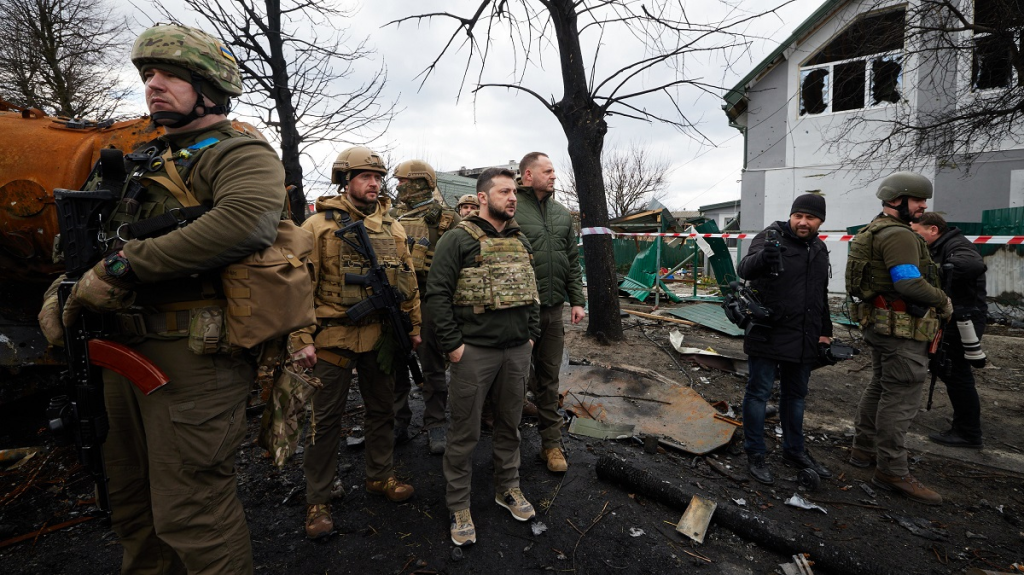
6. The Expanding Ukrainian Resistance Network
The Rostov sabotage is but one chapter in a broader resistance movement that permeates occupied Ukraine and into Russian-occupied territory. Organizations such as “Atesh” in Crimea and the “Berdyansk Partisan Army” in Zaporizhzhia conduct reconnaissance, sabotage, and precision strikes. Ukraine’s intelligence services and Special Operations Forces, such as HUR, facilitate and enable them.
This system has become more complex since 2022, combining civil resistance, partisan war, and clandestine military attacks. Its capacity for strikes inside Russia indicates operational maturity and the inability of the Kremlin to secure its rear zones adequately.

7. Strategic and Political Ripples
The Rostov airbase attack echoes beyond the immediate loss. Strategically, it deprives a primary command and logistics center. Politically, it shatters the aura of invulnerability Moscow displays to internal publics. The HUR communique a threat of “just revenge for every war crime committed against the Ukrainian people” casts the operation as vengeance and deterrence.
For Russia, they support a wider imperative how to defend strategic assets in the depths of its heartland without stretching security forces too thin. For Ukraine, they are demonstration of reach and will, boosting morale at home and rationalizing demands for ongoing Western assistance.
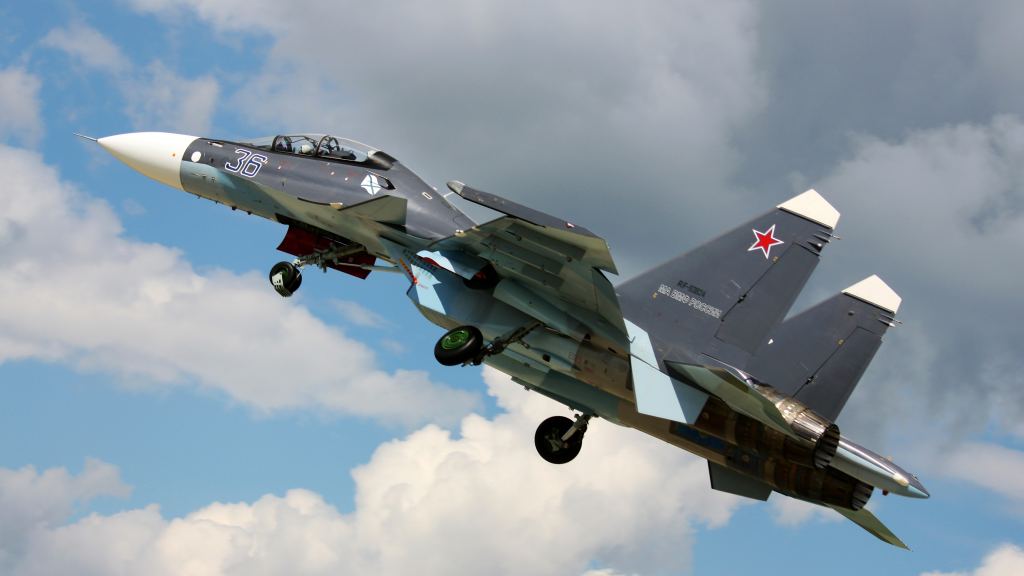
The shootdown of the Su-30SM in Rostov-on-Don was not just a tactical triumph it was a signal of Ukrainian prowess to breach Russia’s strategic depth and cause expensive harm to valuable assets. And as the aerial war escalates, every such strike erodes Moscow’s combat power and narrative, and indicates that the shadow war won’t remain on the front borders.
